Beam Global, a leading innovator in sustainable infrastructure for transportation electrification and energy security, recently announced a significant expansion of its customer base within the federal government. Six federal agencies have placed their first-time orders for Beam’s EV ARC™ solar-powered EV charging systems. These acquisitions were facilitated through the General Services Administration (GSA) Multiple Award Schedule (MAS) and the Federal Blanket Purchase Agreement (BPA) for Electric Vehicle Supply Equipment, streamlining procurement and ensuring competitive pricing.
The EV ARC™ systems stand out for their off-grid capability, generating and storing clean electricity without needing electrical work, construction, or incurring utility bills. This innovation not only reduces costs for the federal government by avoiding construction and electrical upgrades but also ensures operational continuity during blackouts. Moreover, most systems feature an Emergency Power Panel, offering critical support to first responders in emergencies.
Click here to read the full article
Source: The EV Report
—
If you have any questions or thoughts about the topic, feel free to contact us here or leave a comment below.

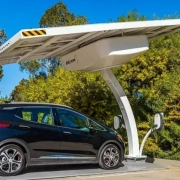
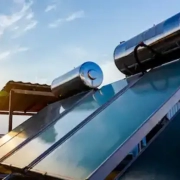
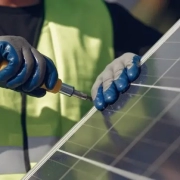
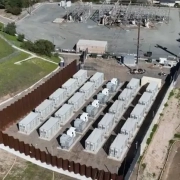
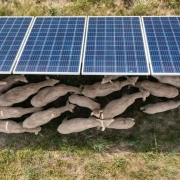


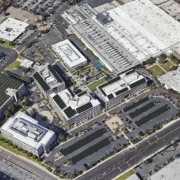
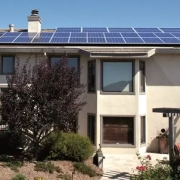
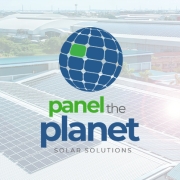 Panel The Planet
Panel The Planet